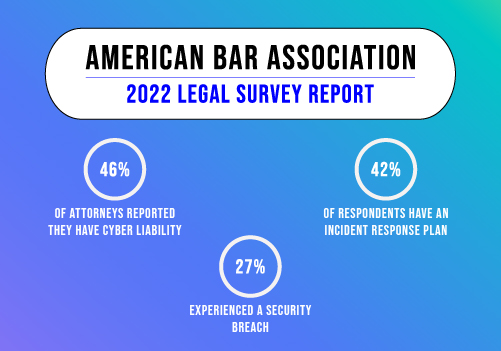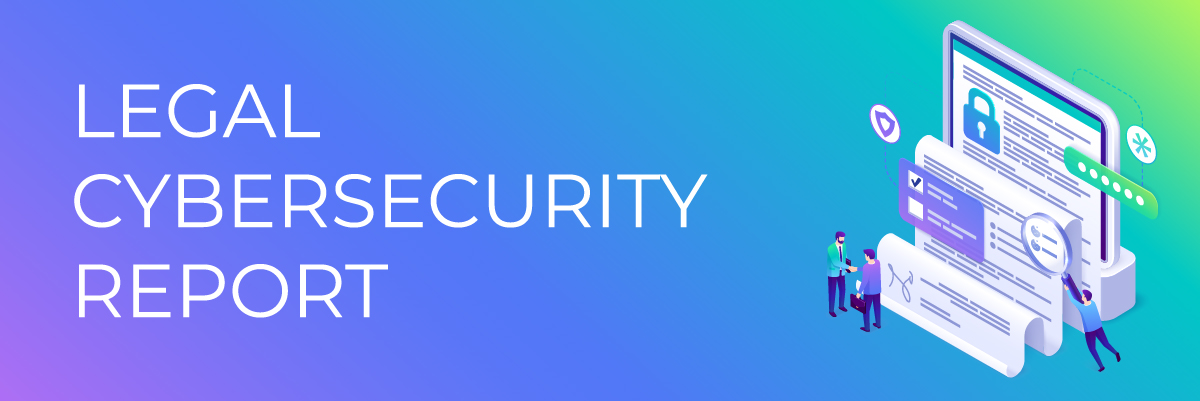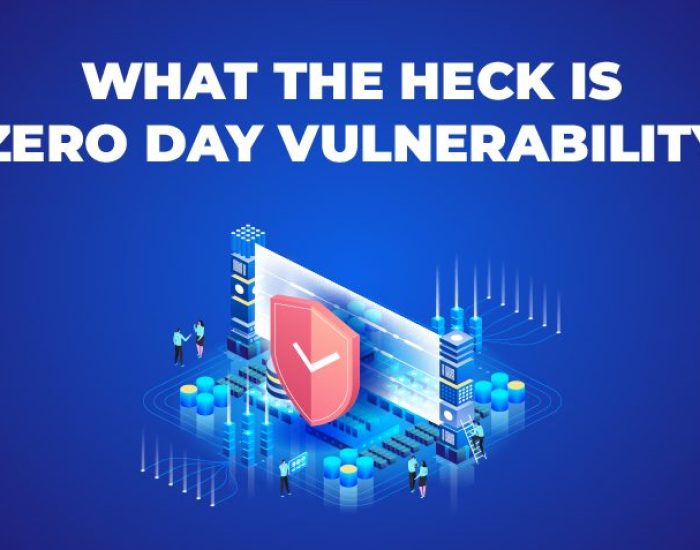Best Practices for Legal Cyber Security
Prioritizing cybersecurity is paramount to safeguarding sensitive client information and maintaining the integrity of legal practices. Implementing best practices for legal cybersecurity is crucial. Leveraging specialized Legal IT Services and Managed IT Services legal firms becomes imperative to address the unique challenges within the legal industry. These tailored services not only enhance data protection but also ensure compliance with stringent regulations governing the legal sector. By adopting proactive measures legal firms can fortify their defenses against cyber threats, fostering client trust and upholding the confidentiality of privileged information. Embracing Managed IT Services specifically designed for the legal sector is an essential step towards establishing a resilient cybersecurity framework in the legal domain.
- Data Encryption: Encrypting sensitive data at rest and in transit helps protect it from unauthorized access, even in a breach. Implement robust encryption protocols to safeguard client information, case details, and intellectual property.
- Multi-Factor Authentication (MFA): Enforce MFA for all users, including employees and clients, to add an extra layer of security to account logins. This helps prevent unauthorized access, especially in the case of compromised passwords.
- Regular Software Updates and Patch Management: Keep all software, including operating systems and applications, updated with the latest security patches. Regularly patching vulnerabilities reduces the risk of exploitation by cyber attackers.
- Employee Training and Awareness: Conduct regular cybersecurity training for all staff members to educate them about potential threats, such as phishing scams or social engineering tactics. Promote a culture of cybersecurity awareness to empower employees to recognize and report suspicious activities.
- Secure Remote Access: Implement secure remote access protocols, such as Virtual Private Networks (VPNs) and secure remote desktop solutions, to ensure secure communication and data transfer for remote workers.
- Incident Response Plan: Develop a comprehensive incident response plan that outlines the steps to be taken during a cybersecurity incident. Test the plan periodically and train relevant staff to respond effectively to minimize the impact of any breach.
- Access Controls and Privilege Management: Limit access to sensitive data on a need-to-know basis. Regularly review and update user access privileges to prevent unauthorized access and reduce the risk of insider threats.
- Regular Data Backups: Maintain frequent backups of critical data and test the restoration process to ensure data availability in case of ransomware attacks or data loss incidents.
- Vendor and Third-Party Security Assessments: Regularly assess the cybersecurity practices of third-party vendors, contractors, and cloud service providers to ensure they meet necessary security standards and do not introduce additional risks.
- Compliance with Data Privacy Regulations: Stay current with relevant data privacy regulations and ensure compliance with GDPR, CCPA, or industry-specific data protection regulations.
By implementing these best practices, law firms can significantly enhance their cybersecurity posture and better protect themselves and their clients’ sensitive information from evolving cyber threats. A proactive and comprehensive approach to cybersecurity is essential to maintain trust, reputation, and operational integrity in the digital age.
Collaborating with IT and Cyber Security Experts
Collaborating provides access to specialized expertise and experience in identifying and mitigating cyber risks. With a firm like Protected Harbor, our experts stay updated with the latest trends and best practices, tailoring their knowledge to address law firms’ unique challenges.
Collaborations also allow for comprehensive cyber security assessments, customized solutions, proactive monitoring, and incident response capabilities. Training programs our experts provide enhance employee awareness and empower them to recognize and respond to potential threats.
Compliance support ensures adherence to data privacy regulations, while incident investigation and data recovery help minimize the impact of cyber incidents. By partnering with Protected Harbor, law firms can strengthen their overall security posture, safeguard client data, and focus on delivering exceptional legal services.
Safeguarding sensitive client information and protecting against cyber threats is paramount for law firms in the digital age. To stay informed about the latest trends and insights in law firm data breaches, download our 2023 Law Firm Data Breach Trend Report. Protect your firm and client data with the trusted expertise of Protected Harbor. Take the first step towards strengthening your cybersecurity today.








